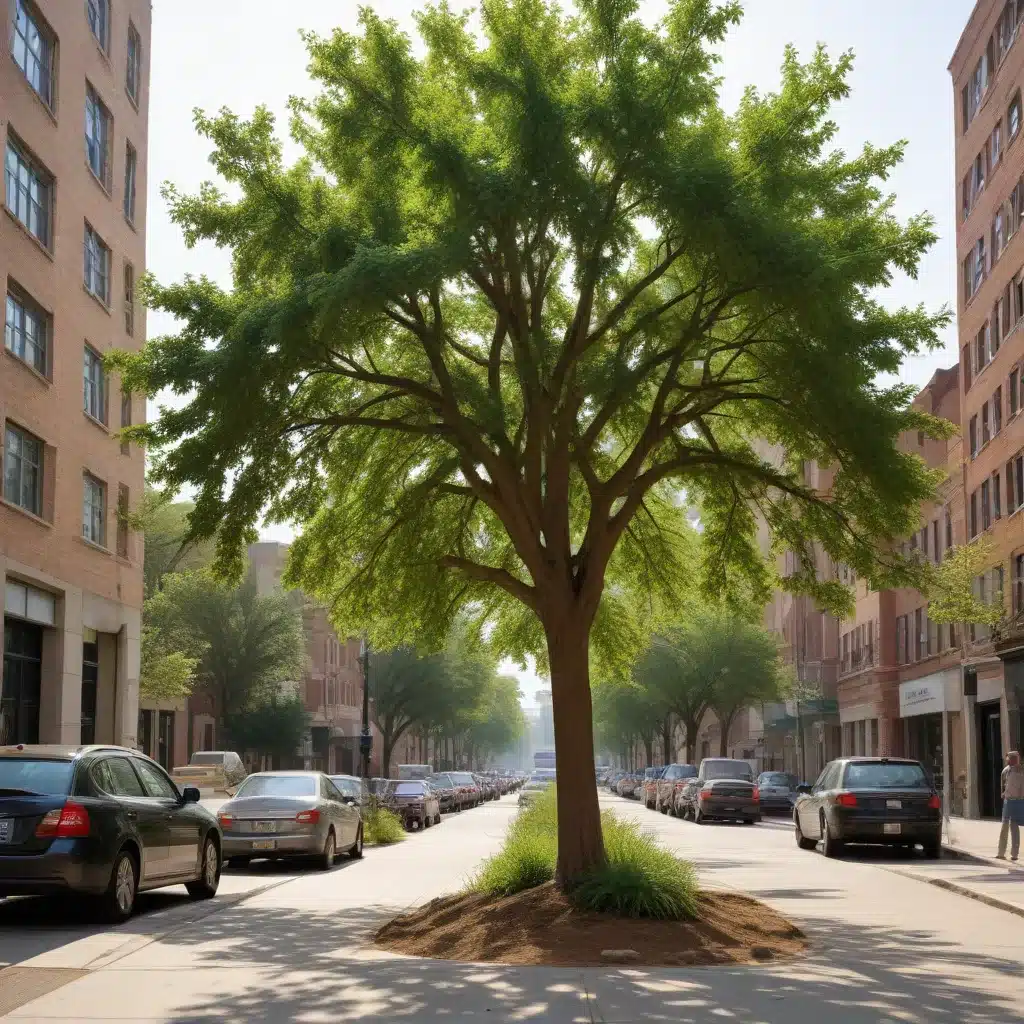
The growth and sustainability of urban forests are paramount for creating resilient, livable cities. Trees contribute immensely to urban environments, enhancing air quality, reducing noise pollution, providing shade, and even raising property values. However, managing these vital ecosystems amidst the hustle and bustle of city life presents unique challenges. From issues of soil constraints, environmental stressors, and species selection to complexities in planning and public engagement, all these factors call for innovative, sustainable solutions.
Challenges in Tree Establishment
Soil Constraints
Urban development often compromises tree health through soil compaction, pollution, and disruption of natural water flow. These adversities can stunt growth, reduce lifespan, or even kill trees. To combat these stressors, employing strategies such as protective barriers during construction, soil decompaction, and the use of tolerant tree species is crucial. Additionally, integrating water-sensitive urban design helps mimic natural water flow, ensuring trees receive adequate hydration amidst urban landscapes.
Environmental Stressors
Cities grapple with limited space, making it hard to allocate sufficient room for tree growth. Innovative green infrastructure like vertical greening takes advantage of skyscrapers and high-rise buildings, turning them into ‘living walls’. Another approach is planting smaller, resilient tree species that survive in a private green space. The use of specially designed planters or underground structural soil systems also maximizes root growth areas without compromising infrastructure, ensuring the vitality of urban trees despite space constraints.
Species Selection
Proper tree care in an urban environment demands regular pruning to maintain structure and health while minimizing risks to public safety. Utilizing controlled watering techniques ensures adequate hydration, preventing under or overwatering. Integrated Pest Management (IPM) is an eco-friendly approach to pest control, minimizing chemical usage by focusing on biological and cultural practices. These strategies, coupled with a routine health assessment, allow us to uphold urban tree vitality, contributing to greener, healthier cities.
Innovative Approaches
Soil Remediation Techniques
Soil decompaction through aeration, the incorporation of organic matter, and the strategic placement of trees can significantly improve growing conditions. Innovative methods like the use of tree-friendly structural soils and suspended pavement systems allow for adequate root expansion without compromising hardscaping. Additionally, the application of biochar and other soil amendments can enhance water-holding capacity, nutrient availability, and microbial activity in urban soils.
Adapted Planting Methods
Rethinking traditional planting techniques can yield better outcomes for urban trees. Shallow, wide planting holes that preserve the natural soil structure, combined with the strategic placement of root barrier systems, can encourage lateral root growth and minimize infrastructure conflicts. The use of regenerative soil mixes and the integration of mycorrhizal fungi into the planting process can further boost tree establishment and resilience.
Monitoring and Maintenance Strategies
Ongoing monitoring and proactive maintenance are essential for the long-term success of urban trees. Sensor-based irrigation systems and remote tree health assessment technologies can help arborists optimize watering regimes and identify potential issues early on. Regular structural pruning and the application of biostimulants and organic mulches can further support the health and vigor of urban tree populations.
Planting Considerations
Site Preparation
Careful site analysis and preparation are critical for the successful establishment of urban trees. Soil testing to identify nutrient deficiencies, compaction levels, and pH levels can inform the selection of appropriate species and guide necessary soil amendments. Techniques such as deep-rooting cultivation and the incorporation of biochar or compost can improve soil structure and water-holding capacity.
Diversity and Resilience
Diversifying the urban tree canopy is a key strategy for building resilience against environmental stressors and pests. By selecting a variety of climate-adapted species, each with unique growth habits, disease resistance, and environmental tolerances, cities can create a more robust and adaptable urban forest. Prioritizing the use of native and regionally appropriate tree species can further enhance their ability to thrive in local conditions.
Establishment Strategies
Containerized Planting
Planting containerized trees with improved root systems can significantly reduce transplant shock and enhance establishment success. Techniques such as root pruning and the use of air-root-pruning containers can encourage the development of a dense, fibrous root system that is better equipped to adapt to the new planting site.
Assisted Natural Regeneration
In some cases, assisted natural regeneration can be a cost-effective and ecologically beneficial approach to urban tree establishment. Facilitated seed dispersal through the strategic placement of nurse trees or seed-bearing branches can help foster the natural recruitment of desirable tree species. The creation of sheltered microhabitats through the use of nurse plants or temporary structures can further enhance the survival and growth of naturally occurring seedlings.
Post-Planting Care
Irrigation and Watering
Maintaining appropriate moisture levels is crucial for the establishment and long-term health of urban trees. The use of drip irrigation systems, water-retaining gels, and soil moisture sensors can help optimize water delivery and prevent over- or under-watering. In drought-prone areas, the selection of drought-tolerant species and the incorporation of water-harvesting techniques can further enhance the resilience of the urban forest.
Integrated Pest Management
Proactive pest and disease monitoring and the adoption of integrated pest management (IPM) strategies are essential for safeguarding the urban tree canopy. Early detection of insect infestations or fungal diseases through visual inspections and the use of diagnostic tools can inform targeted, eco-friendly control measures, such as the introduction of beneficial organisms or the application of organic pesticides.
By implementing these innovative approaches to urban tree establishment, municipalities and community stakeholders can overcome the unique challenges faced in creating thriving, sustainable urban forests. Through a combination of site-specific soil remediation, adapted planting methods, and comprehensive post-planting care, cities can ensure the long-term success and resilience of their urban tree populations. For more information on TriCounty Tree Care’s services and expertise in urban forestry, please visit www.tricountytreecare.com.


